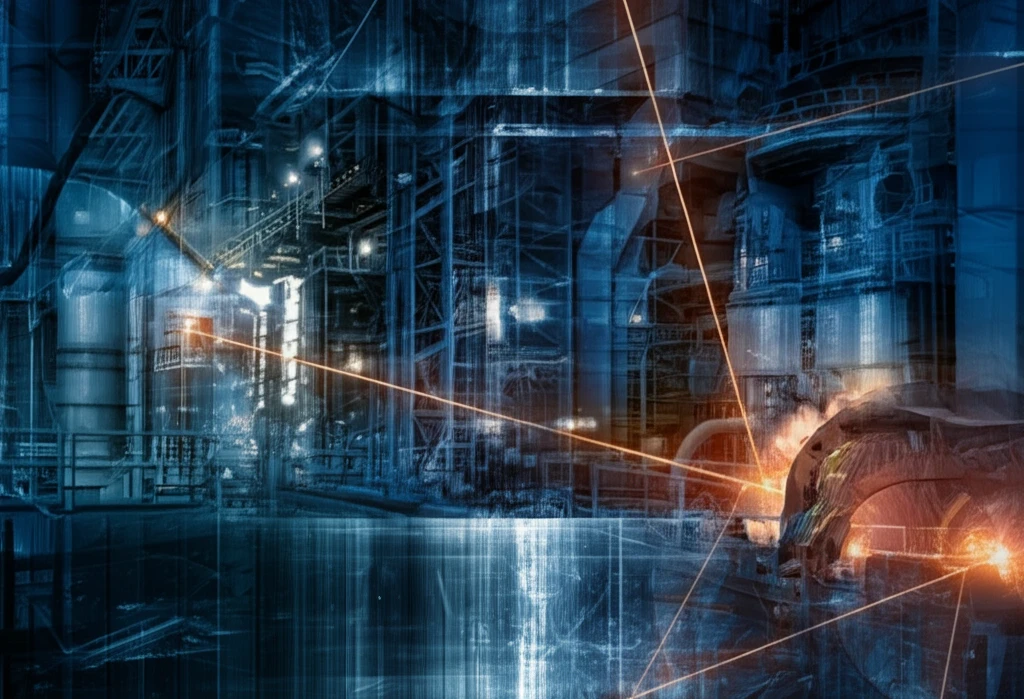
Unlock the Secrets of Steel: How Lasers and Data Analysis are Revolutionizing Alloy Manufacturing
"Discover how laser-induced breakdown spectroscopy (LIBS) and advanced data modeling are making steel production faster, cheaper, and more precise."
Steel is everywhere. From the skyscrapers that define city skylines to the cars we drive, and the appliances that make modern life convenient, steel and its alloys form the backbone of countless industries. The secret to steel's versatility lies in its ability to be customized through alloying, a process of adding other elements to enhance specific properties like hardness, corrosion resistance, and thermal expansion.
Traditionally, ensuring the quality and composition of steel alloys has been a time-consuming and labor-intensive process, often involving techniques like mass spectrometry and optical emission spectroscopy. But what if there was a faster, more efficient way to analyze steel composition, even in real-time during the manufacturing process? Enter laser-induced breakdown spectroscopy, or LIBS, a revolutionary analytical technique that's changing how we understand and control the materials around us.
This article delves into the fascinating world of LIBS and its application in steel alloy analysis. We'll explore how this technology, combined with advanced data modeling techniques, is providing unprecedented insights into steel composition, opening doors to greater precision, efficiency, and innovation in steel manufacturing.
What is Laser-Induced Breakdown Spectroscopy (LIBS) and How Does It Work?

At its core, LIBS is a type of atomic emission spectroscopy that uses a high-energy laser pulse to ablate a tiny amount of material from a sample. This ablation creates a plasma, a superheated state of matter where atoms are excited and emit light at specific wavelengths. By analyzing the spectrum of light emitted by the plasma, scientists can determine the elemental composition of the sample. It's like reading a material's unique fingerprint based on the light it emits.
- Laser Pulse: A focused laser beam strikes the sample surface.
- Plasma Formation: The laser energy vaporizes and excites the material, forming a plasma.
- Light Emission: As the plasma cools, atoms and ions emit light at characteristic wavelengths.
- Spectral Analysis: A spectrometer analyzes the emitted light, separating it into its constituent wavelengths.
- Composition Determination: By identifying the wavelengths and intensities of the emitted light, the elemental composition of the sample is determined.
The Future of Steel Analysis: A New Era of Precision and Efficiency
The research discussed in this article highlights the potential of LIBS, combined with advanced data analysis techniques, to revolutionize steel alloy analysis. By overcoming the limitations of low-resolution spectrometers through sophisticated data processing, scientists are paving the way for more compact, cost-effective, and versatile LIBS devices. This will not only streamline quality control processes in steel manufacturing but also open new avenues for innovation and customization in material design.
